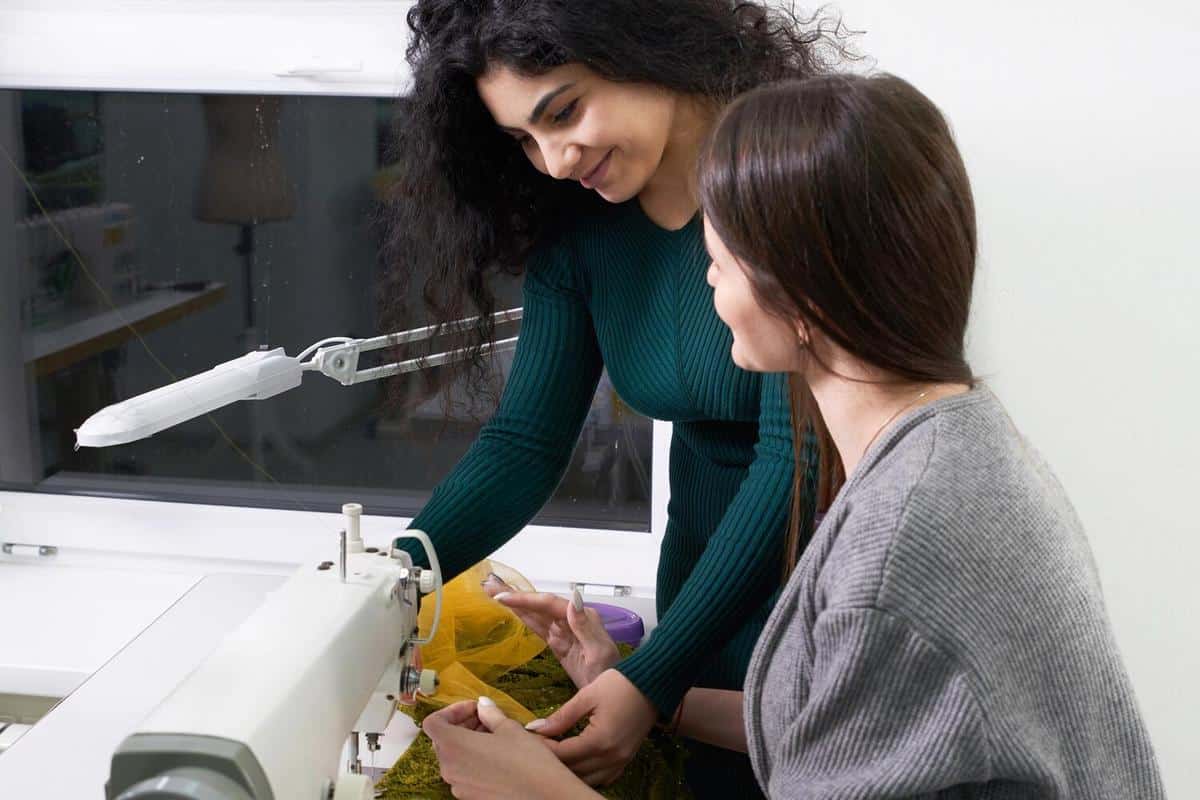
Innovations in Textile Recycling: A Step Towards Sustainability
As the fashion industry continues to grow and evolve, so does the importance of sustainable practices, particularly in textile recycling. The drive towards sustainability is reshaping how we think about our clothes, their lifecycle, and their impact on the planet.
Understanding Textile Recycling
Textile recycling involves the process of recovering fabric and reprocessing it into new products. This initiative is crucial in reducing the environmental footprint of fashion by minimizing waste and conserving resources.
Expert Insights
According to a report by the Ellen MacArthur Foundation, the equivalent of one garbage truck of textiles is landfilled or burned every second. Experts in sustainable development emphasize the need for innovative solutions to tackle this enormous waste problem. Dr. Lucy Jones, a leader in sustainable textile research, explains that ‘advancements in recycling technology are paving the way for a more sustainable fashion industry.’
Statistics and Findings
Recent studies show that only about 15% of consumer-used clothing is recycled each year, leaving a massive opportunity for improvement. Innovations in chemical recycling, such as the development of enzymatic processes, are making it possible to recycle a wider variety of fabrics, including those blended with spandex or elastane, previously deemed unrecyclable.
Personal Anecdotes
Take Emma, a fashion enthusiast who started her own line of recycled clothing. Inspired by the waste problem, she began collecting discarded clothes, transforming them into new, fashionable pieces. Her story is a testament to how individuals can contribute to sustainability through creativity and commitment.
Actionable Tips for Supporting Textile Recycling
- Donate unused clothing to local charities or textile recycling programs.
- Support brands that prioritize sustainable and recycled materials.
- Educate yourself and others about the importance of recycling textiles.
Pro Tip:
Look for local workshops or online tutorials to learn how to upcycle your old clothes into something new and unique!
Innovations in Textile Recycling
Recent technological advancements have led to the development of closed-loop recycling systems, where materials are continually reused without losing quality. Companies are investing in fabric-to-fabric recycling technologies that could revolutionize the industry.
| Innovation | Description | Impact |
|---|---|---|
| Mechanical Recycling | Shredding fabrics into fibers | Reduces landfill waste |
| Chemical Recycling | Breaking down fibers for reuse | Enables recycling of complex textiles |
| Enzymatic Process | Bio-based fiber separation | Eco-friendly and efficient |
| 3D Knitting | Seamless garment production | Minimizes fabric waste |
| Textile-to-Textile | Direct fabric recycling | Maintains material quality |
| Waterless Dyeing | Reduces water usage | Less environmental impact |
| Smart Sorting | Automated material identification | Increases recycling efficiency |
| Blockchain Tracking | Supply chain transparency | Improves traceability |
FAQs
What is textile recycling?
Textile recycling is the process of recovering old clothing and fabrics and reprocessing them into new materials or products.
How can I participate in textile recycling?
Participate by donating clothes to recycling programs, supporting sustainable brands, or learning how to upcycle your own garments.
Conclusion
Innovations in textile recycling are a step towards a more sustainable future in fashion. By embracing these advancements and supporting sustainable practices, we can contribute to reducing waste and conserving resources. It’s time to rethink our relationship with fashion and its impact on the environment. Become part of the change and explore more about sustainable fashion here.